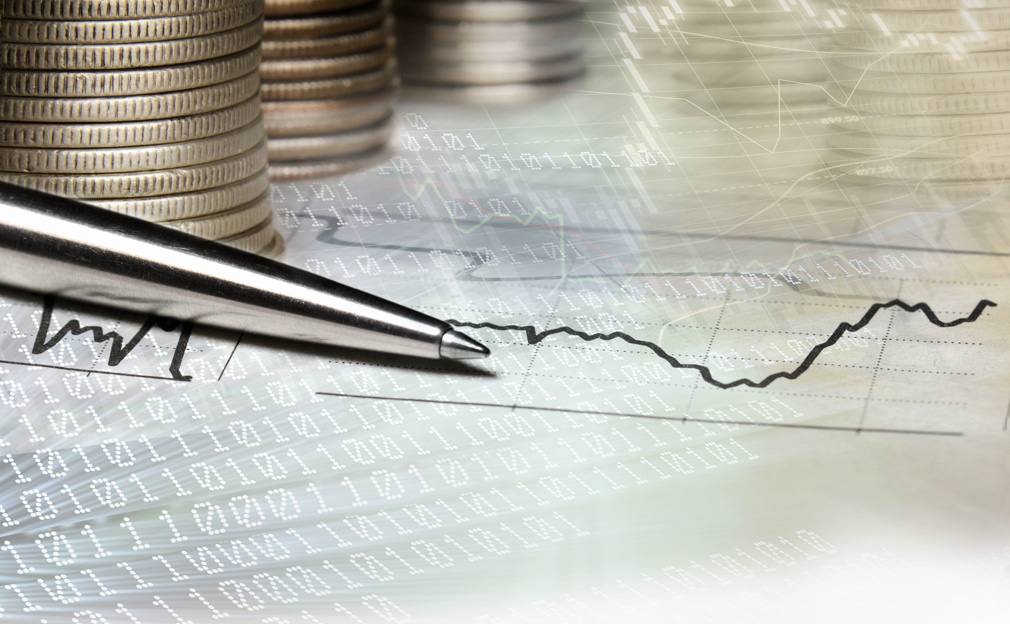When the National Bureau of Economic Research speaks on a disputed economic issue, it’s a bit like squabbling siblings getting a ruling from a parent. NBER is widely accepted as the arbiter of economic cycles, setting the start and end dates of recessions and expansions.
Now, NBER has weighed in on one of the most chilling questions to arise in decades on the usually dry topic of monetary policy: If a U.S. president tries to influence the most powerful central bank on the planet with public name-calling and derision, can it work?
The answer, according to NBER, is yes. President Donald Trump’s Twitter attacks on the Federal Reserve and the man who leads it already have knocked a combined 10 basis points off the expected Fed funds futures contract, the equivalent to about 0.30 basis points per Tweet, NBER said.
“We provide evidence that market participants believe that the Fed will succumb to the political pressure from the President, which poses a significant threat to central bank independence,” Francesco Bianchi, Thilo Kind, and Howard Kung said in a 36-page NBER report published on Monday. Bianchi is an economist who teaches at Duke University. Kind and Kung teach at the London Business School.
This month alone, Trump’s attacks on the Fed have included describing the FOMC board and its members as “boneheads,” “losers,” “naïve,” and an “enemy” of the U.S. with “No 'guts,’ no sense, no vision!’”
Here’s why it matters: an independent central bank is critical to a stable monetary system. If central bankers can be influenced to help the re-election prospects of a U.S. president – meaning the current president and, by extension, future presidents – it heightens the danger of inflation and other monetary ills.
Inflation causes higher mortgage rates, chilling demand for home sales which help to drive the consumer spending that accounts for about 70% of GDP as new owners buy drapes, couches, appliances, and other household needs.
Remember mortgage rates topping 18%? It happened in the not too distant past. Interest rates first broke into double-digits in 1978 and peaked in 1980 at 18.6%, as measured by Freddie Mac. It was enough to crash housing markets in key regions of the nation. Today, that same Freddie Mac data series shows the rate is under 4%.
That 1970s inflationary cycle was sparked by several factors including President Richard Nixon pressuring Federal Reserve Chairman Arthur Burns to provide him with expansive monetary policy for political purposes. Inflation rose to 12.3% in 1974, the year Nixon resigned, but it kept rearing its ugly head for years afterward, peaking in 1979 at 13.3% as businesses confused by the Fed’s contradictory moves kept prices high.
“To fight inflation, greater independence was established in the late 1970s by defining a dual mandate of price stability and maximum employment followed by the creation of an arms-length relationship that insulated the Fed from interference by the executive branch,” the NBER report said. “The enhanced autonomy for instrument setting allowed the Fed to aggressively target and stabilize inflation in the ensuing three decades.”
Trump has attacked that philosophy head-on, to the economy's peril, the paper said.
“Establishing central bank independence was pivotal for containing inflation by curbing political incentives for expansionary monetary policy,” the paper said. “A monetary authority with greater autonomy is associated with lower and more stable inflation.”






